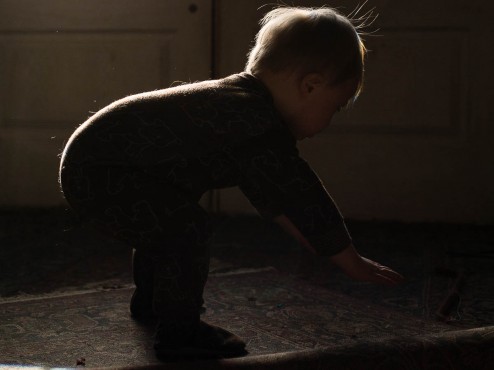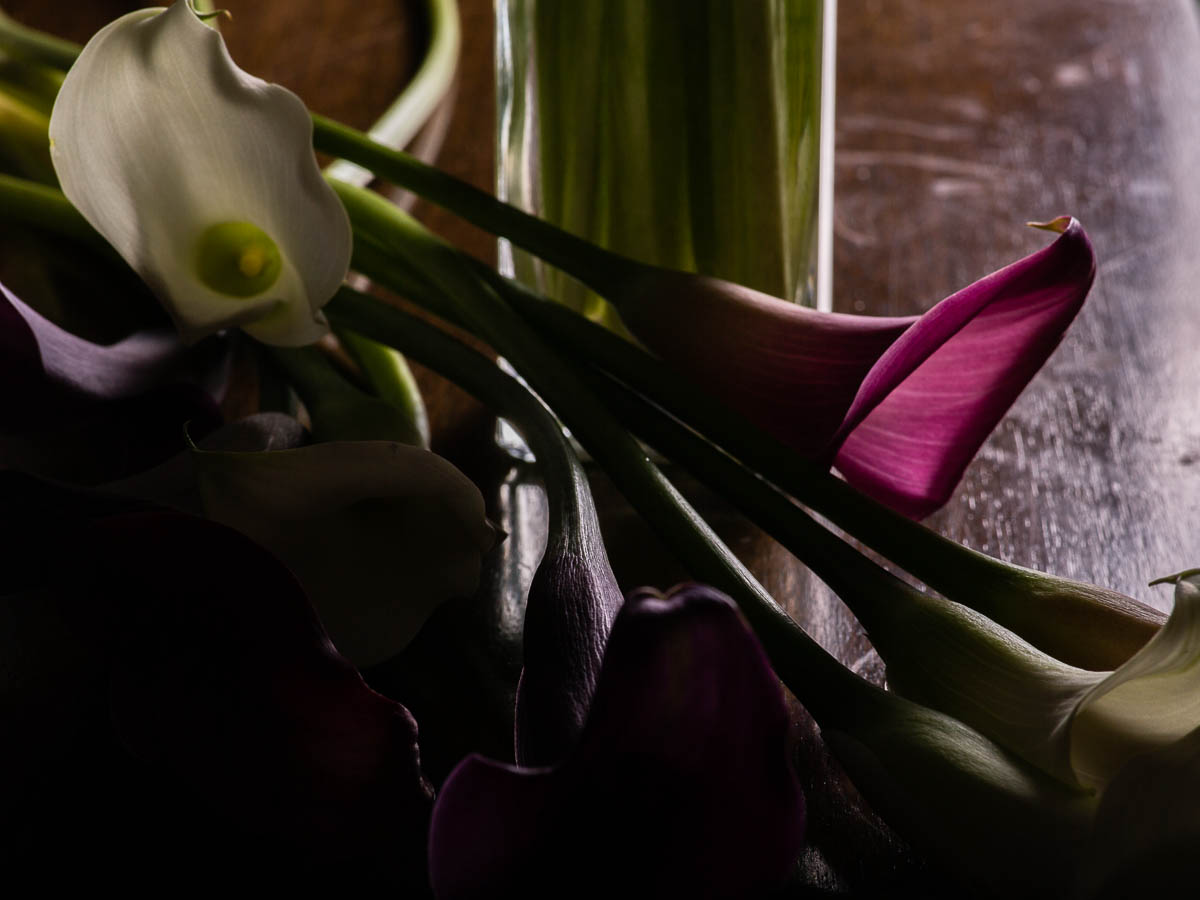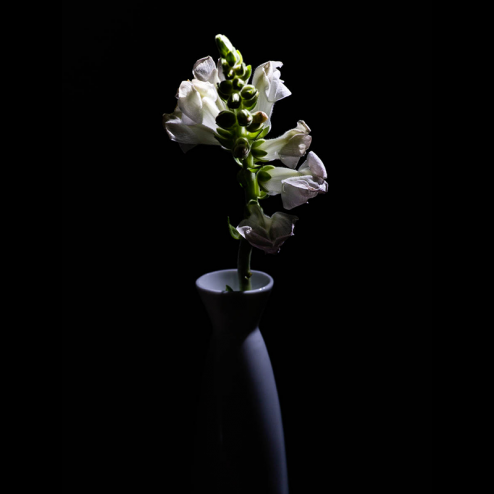{This post is the first in what will be a weekly series on flash photography — specifically off-camera speedlights. We will begin in the wise words of Pooh, “at the beginning and go on until we reach the end.”}
Take CONTROL!
So, I’d like to do a series on light, flash and natural — how to use it, control it, tame it, make it yours. In other words how to DOMINATE light because if you want to improve your photography, if you want to make pictures instead of take them, if you want to be in charge, then you have to control the light. Whether it’s natural or artificial, you’ve got to be the boss. And the first step is to SEE the light.
Pretty obvious! Really?
Yes, I know. It’s kind of a cliche to say “see the light.” But truth is truth, even if it seems cliche.
What I really mean by “see the light” is to separate light into different buckets that help us describe it. You know the 4Cs of diamonds: carat, color, cut and clarity, right? Well, you can do the same thing with light (only they don’t all start with C so it makes it a little more of a pain to remember).

Light has color – or more accurately temperature. The “warmer” the light the more yellow and orange in it (think golden hour). The “cooler” the light the more blue (think deep shade).

Light has direction – (and three dimensions unlike our photos) If the subject is in the middle, the light can be coming from anywhere in a big sphere around him: side, back, top, front, bottom. The direction of the light is what gives our 2D images the illusion of dimension.

Light has a feel – soft or hard. Soft is low contrast, low shadow and hard is high contrast, deep shadow.
Light has an intensity – bright or dim. But you could also say this falls under exposure so I won’t focus too much on this aspect.
Light defines the look
And of course, it goes without saying that there is no best light for any particular subject. It all depends on the mood of the shot that you are going for.
If you want a scary picture of a baby, then hard cool light coming from directly overhead or underneath would certainly get you that look.
If you want a sweet baby shot, then go for a warm and soft front light. In between are a million variations that will be up to taste — like adding salt to your stew.
Light is light no matter the source
With reflectors and gobos and a little knowledge it is possible to control the natural light and make it do what you want. But you are still at the mercy of nature and your environment. If I want a harsh, contrasty portrait but I’ve got a week of overcast days, what am I supposed to do? Give up?
That’s the beauty of flash. You control when and where and how it appears. It answers to you and that’s pretty intoxicating stuff, you know?
So where to start?
Open your eyes to the light as you walk through your day this week. Take an analytical look at objects and try to define the qualities of light hitting them at that moment.
Up next
Next Friday we’ll look at just a few “laws” of light that you need to know. And I promise it won’t involve any physics equations like on other sites! Very easy and practical stuff!


